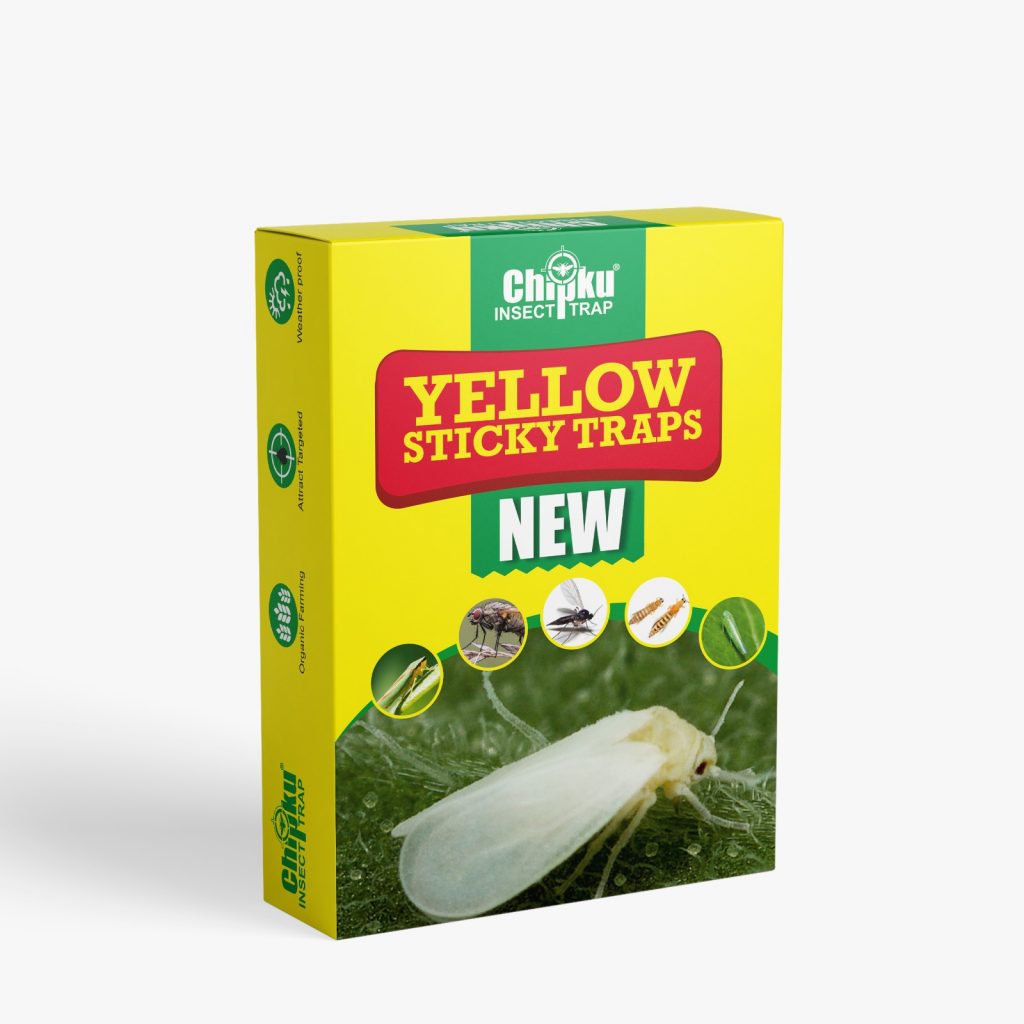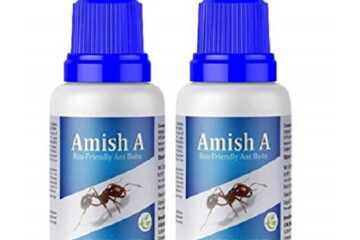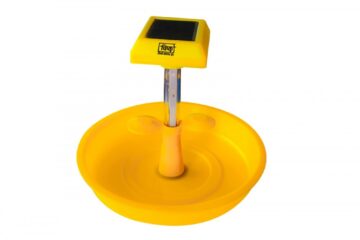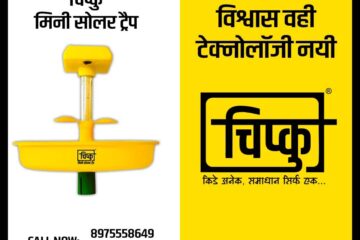
Sticky trap for insects
Introduction
It can be difficult to find an efficient and environmentally friendly approach when dealing with insects. Sticky traps, on the other hand, have become a popular technique in recent years. Sticky traps offer a straightforward yet very efficient means of managing insect populations without the use of hazardous chemicals. The advantages of sticky traps, their mechanism of operation, and their numerous uses in pest control will all be discussed in this article.
Table of Contents
- The Importance of Insect Control
- What Are Sticky Traps?
- How Do Sticky Traps Work?
- Benefits of Sticky Traps
- Different Types of Sticky Traps
- Yellow Sticky Traps
- Blue Sticky Traps
- Using Sticky Traps in Gardens
- Sticky Traps for Indoor Pest Control
- Sticky Traps in Agriculture
- Sticky Traps for Insect Monitoring
- Precautions and Best Practices
- Frequently Asked Questions (FAQs)
- Are sticky traps safe for pets?
- How often should sticky traps be replaced?
- Can sticky traps be used for larger insects?
- Do sticky traps work on flying insects?
- Can sticky traps be reused?
The Importance of Insect Control
Although insects are essential to ecosystems, when their populations become out of control, they may become a nuisance and a threat to human health. Controlling insects is essential for keeping the environment in balance and protecting our homes, gardens, and agricultural areas. Pesticides, which can harm the environment and unintended species, are frequently used in traditional techniques of controlling insects. Sticky traps provide a secure and efficient replacement in this situation.
What Are Sticky Traps?
Sticky traps, often called adhesive traps or glue traps, are uncomplicated tools used to entice and capture insects. They are made of an adhesive compound that is sticky and typically coated on a flat surface or housed in a particular container. The traps are judiciously positioned in high-insect-activity areas, such as close to plants, windows, or access points.
How Do Sticky Traps Work?
Sticky traps work on the principle of attraction and capture. The adhesive surface of the trap emits visual cues or pheromones that lure insects towards it. Once the insects come into contact with the sticky surface, they get trapped and are unable to escape. The effectiveness of sticky traps lies in their ability to target specific pests while minimizing harm to beneficial insects.
Benefits of Sticky Traps.
Sticky traps have a number of benefits over conventional pest management techniques, including:
- Environmentally Friendly: Sticky traps don’t release dangerous chemicals into the environment like pesticides do. Animals, children, and pets can all be around them without any danger.
- Targeted Pest Control: Sticky traps can be designed to attract specific pests, allowing for precise monitoring and control.
- Easy to Use: Setting up sticky traps is a simple process that requires no special skills or training.
- Cost-Effective: Sticky traps are an affordable solution for long-term insect control.
- Non-Toxic: Since sticky traps do not use toxins, there is no risk of contamination or residue buildup.
- Visual Monitoring: By examining the trapped insects, you can gain insights into the types and population sizes of pests in the area.
Different Types of Sticky Traps
Sticky traps come in various forms, each tailored to target specific insects or situations. Here are some common types:
Yellow Sticky Traps

Yellow sticky traps are highly effective in capturing flying insects, especially aphids, whiteflies, and fungus gnats. The bright yellow color attracts pests, and the sticky surface ensures their capture.

Blue Sticky Traps
Blue sticky traps are particularly useful for controlling thrips, leafhoppers, and other flying insects. The blue color is attractive to these pests, making them easy to trap and monitor.
Using Sticky Traps in Gardens
Gardens are susceptible to various pests that can damage plants and hinder growth. Sticky traps can be strategically placed in gardens to control pests like aphids, caterpillars, and leaf miners. By setting up sticky traps near susceptible plants or at regular intervals, you can effectively reduce the population of damaging insects.
Sticky Traps for Indoor Pest Control
Indoor spaces such as homes, offices, and warehouses can also benefit from sticky traps. They can help control common indoor pests like flies, mosquitoes, spiders, and cockroaches. Placing sticky traps near windows, doors, and areas of high insect activity can significantly reduce their presence.
Sticky Traps in Agriculture
Agricultural fields face constant threats from pests that can damage crops and reduce yields. Sticky traps are an integral part of integrated pest management (IPM) strategies in agriculture. By deploying sticky traps in strategic locations, farmers can monitor pest populations and make informed decisions regarding pest control measures, leading to more sustainable and efficient farming practices.
Sticky Traps for Insect Monitoring
In addition to pest control, sticky traps are widely used for insect monitoring purposes. Researchers and entomologists utilize sticky traps to study insect behavior, population dynamics, and the effectiveness of control methods. By analyzing the trapped insects, valuable insights can be gained to develop targeted and environmentally friendly insect management strategies.
Precautions and Best Practices
To ensure the effectiveness of sticky traps and minimize unintended consequences, it is important to follow these precautions and best practices:
- Place traps away from direct sunlight to prevent adhesive melting.
- Regularly check and replace traps when they become full or lose their stickiness.
- Position traps at appropriate heights and locations based on the targeted pests.
- Avoid placing traps where they may come into contact with beneficial insects.
- Dispose of used traps properly to prevent re-infestation.
Conclusion
Sticky traps offer a simple, effective, and environmentally friendly solution for insect control. Whether you’re dealing with pests in your garden, home, or agricultural field, sticky traps can help monitor and reduce insect populations without the need for harmful chemicals. By employing sticky traps alongside other integrated pest management techniques, you can maintain a healthy and pest-free environment.
Click here here to buy this product
Connect us on social media



